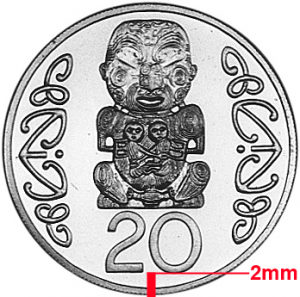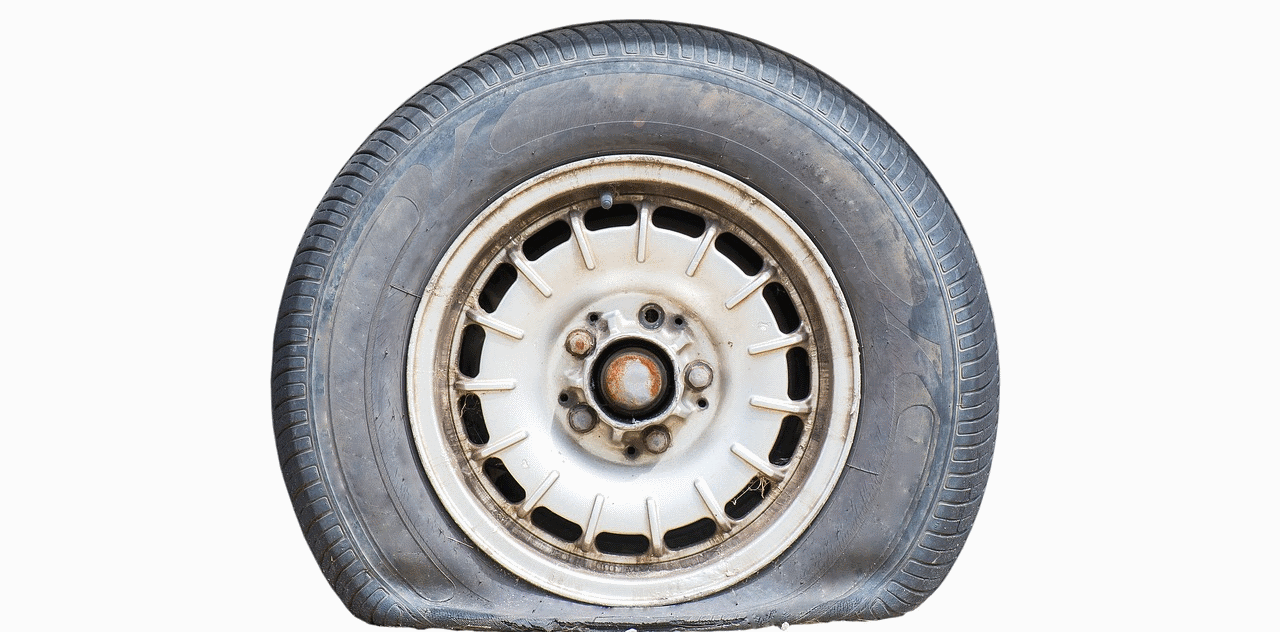Nobody likes having to change a tyre on the side of the road. In order to keep your tyres in good condition, you should do the following:
Check your tyres for damage.
Damaged tyres are more prone to going flat. You should regularly check your tyres for bumps, cuts, or bulges. You should also keep an eye out for any objects such as stones, nails or debris that can become stuck in your tyres.
Punctures can be repaired depending on their size. Consult a mechanic for an inspection of your tyres if you are in doubt. If a tyre is severely damaged, you should replace it as soon as possible to reduce the risk of it going flat, causing a potential accident.
Check the inflation of your tyres.
Most fuel stations have a gauge that you can use to check the pressure of your tyres. The recommended tyre pressure varies for different vehicles. You can generally find this information online or through your vehicle’s manual.
An under-inflated tyre can wear out faster, produce excess heat and increase fuel consumption. Over-inflated tyres can cause uneven wear on the tread as well as increase the risk of blowouts. Having a healthy level of tyre pressure will reduce fuel consumption as well as provide a smoother, more stable driving experience.
Check the tread depth.
Why is it important?
In New Zealand, the minimum tread depth is 1.5mm. If your tread depth falls below this, your vehicle will become slippery to drive, particularly in wet weather.
If the tread depth is less than 1.5mm, your car will be at risk of failing its next Warrant of Fitness inspection.
The coin test.

A simple, cost-effective way of testing your tread depth is to use a 20 cent coin. There is a 2mm gap between the side of the coin and the bottom of the number 20.
Simply place the coin in your tyre’s tread groove so that the base of the number 20 is going into the tyre. If you can see the whole number, your tyre is probably below the minimum legal tread depth.
In this case, you should contact a mechanic and have your tyres replaced.
Tips to extend the life of your tyres:
1. Check your tyre pressure once a month.
Regularly check your tyre pressure and adjust according to your vehicle’s pressure recommendations. This will make your tyres last longer, improve your vehicle’s fuel use and make your car smoother to drive.
2. Rotate your tyres.
Rotating tyres means removing them from the vehicle and moving each one to a new position. This allows for the tyres to wear more evenly.
Front tyres and rear tyres wear differently depending on whether your vehicle is a front-wheel drive or rear-wheel drive. Also, left tyres are more prone to damage than right tyres due to them often hitting the kerb while parking. To avoid sustained damage to the same tyres, you should switch them to evenly distribute the wear evenly.
Many modern tyres are directional, meaning that they are designed to roll in only one direction. Consider this before rotating your tyres. If you are unsure, ask a mechanic.
3. Avoid harsh braking and sudden acceleration.
The smoother you drive, the easier it is for your tyres to perform correctly. Sudden increases and decreases in acceleration can put strain on the rubber, wearing the tyres more quickly.
4. Take care when parking.
As mentioned above, hitting the kerb can cause damage to your car’s left tyres. Try and avoid parallel parking to reduce the risk of hitting the kerb.
5. Avoid road hazards when possible.
Stones, broken glass and other debris can cause serious damage to your tyres. If you see debris on the road, try to either drive around them or take another route. Try to also avoid potholes, bumps or dips in the road. When approaching a speed bump, slow right down to the recommended speed.

